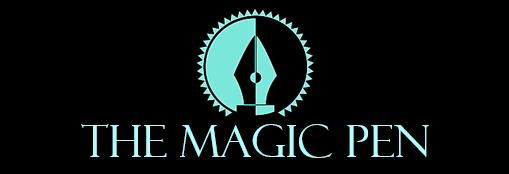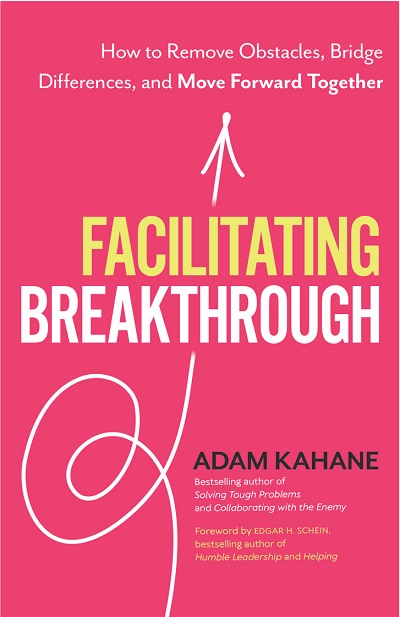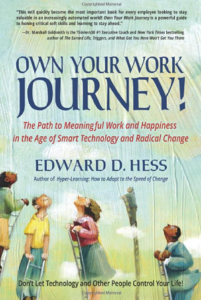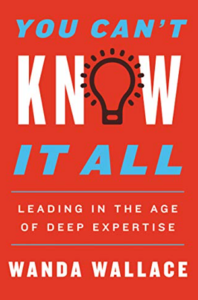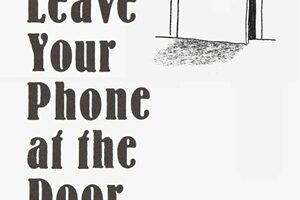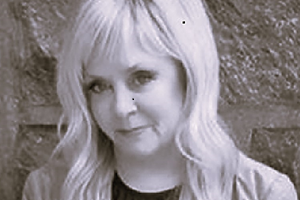The title structure of Facilitating Breakthrough: How to Remove Obstacles, Bridge Differences, and Move Forward Together is akin to a thesis statement. In bell-clear prose, Adam Kahane brilliantly encapsulates the entirety of what themes and messaging his new nonfiction book employs and entails.
WEBSITE: https://reospartners.com/reos-management/adam-kahane/
The book revolves around a psychological concept Kahane christens Transformative Facilitation, specifically a grouping and specific dispatching of universal tenets, behaviors, and ideological bases everyone shares that if initiated correctly can ensure widespread success regardless of the backgrounds of those who its tactics are deployed on. For Kahane, the process is paramount to turning the tide on the widespread social and political alienation and division the country is currently facing in a post-Trump landscape. The process itself is deceptively simple. It’s about bringing closer to one another what we all have in common: desires, wants, aspirations. It’s reaffirming and quite hopeful to read a book in this day-and-age which celebrates what we most likely share, rather than the circumstantial factors and specific, day-in and day-out experiences which serve as cultural fodder to drive us apart. In an introduction for the work written by Edgar H. Schein, he writes: “The key to (Facilitating Breakthrough) is the second work in its title: breakthrough.”
He goes on to aptly elaborate, “Coaches, consultants, teachers, therapists, and other professional helpers have evolved many variants of facilitation for the myriad of situations in which individuals or groups get stuck and need help…What is different in this book?…(it) shows that facilitating is not just the clever interventions introduced by the consultant at a group meeting, but can and often must be a multiyear process of one or more consultants partnering with stakeholders to build trust and openness, and then organizing safe places for the parties to face one another, get to know one another, and build enough trust to be able to move forward together.”
Working as both an astute leadership advice guide, as well as a greater statement on the road to pragmatic empathy, Facilitating Breakthrough is helped by its author’s expert mix of being articulate, yet also being a literary straight-shooter. While the sentence structure and evocative analogies and messaging are expertly polished, there’s never a sense of excess or quaint euphemisms subverting the hard data and the recorded results of the tactics and methodology Kahane promotes and swears by.
AMAZON: https://www.amazon.com/Facilitating-Breakthrough-Obstacles-Differences-Together/dp/1523092041
The convictions Kahane stands by are helped by the extensive, personalized scenarios and examples he provides to add an empathetic and humanizing spirit to what could be dense statistical and behavioral analyses. A pertinent showcasing of this is the following. “Usually, once a group is close to concluding (‘We need to agree’), they are reluctant to incorporate a new idea,” Kahane writes. “I thought this new idea might be valuable and suggested that the participant who proposed it develop it further with a few others. He did so and brought it back to the whole group to advocate for it three times before they agreed to include it in their final report, over the fierce opposition of the governments (especially the US government) that did not want the treaties to be questioned.”
By making the opportunities to provide examples exciting and even a little suspenseful, Kahane succeeds in what he has set out to do – while making Facilitating Breakthrough have that needed, extra punch.
Kendall Townsend
